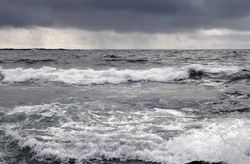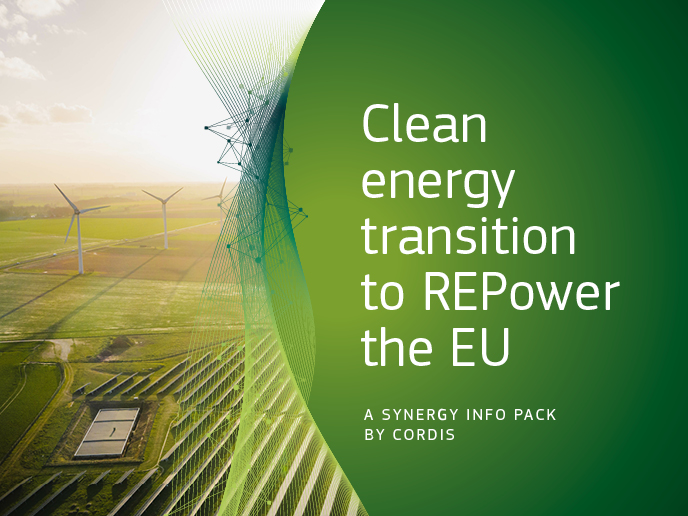New scenarios on the future of Earth's climate
The EU-funded project COMBINE(opens in new window) (Comprehensive modelling of the Earth system for better climate prediction and projection) has contributed significantly to improved Earth system models. Leading modellers from Brazil and Europe joined efforts to achieve a better understanding of how atmosphere, land and oceans behave and interact. COMBINE improved Earth system models by including key physical and biogeochemical processes that were missing in existing models. However, these were known to influence the variability of climate. In particular, researchers focused on the coupling of nitrogen and carbon cycles in land and ocean ecosystems to provide insights into ocean nitrification. Models without nitrogen limitation simulated an excess uptake of carbon. If nitrogen limitation is considered, then, the overall carbon cycle feedback to climate change becomes positive. Furthermore, the allowable carbon emissions for a given carbon dioxide concentration are smaller than if nitrogen limitation of the carbon cycle is neglected. Another interesting aspect of COMBINE was the modelling of the response of polar ice sheets to carbon dioxide increases. Incorporating land and sea ice observations in climate predictions led to more accurate simulations of the past as well as the possible future of Arctic sea ice evolution. Improvements in representation of the sea ice have demonstrated a larger susceptibility to sea ice and atmosphere-ocean processes. Advancements in deciphering the role of ocean circulation in heat absorption variability have also provided a possible explanation for the recent hiatus in surface warming. Researchers also investigated the climate change impact on water availability. These analyses confirmed that renewable water resources are diminishing. Importantly, within COMBINE, the European contribution to experiments of the Coupled Model Intercomparison Project – Phase 5 (CMIP5) was completed. CMIP5 is a set of climate predictions developed to support the Intergovernmental Panel on Climate Change (IPCC). The outcome of analyses carried out on radiative and cryospheric processes will also contribute to the next phase of CMIP. All scientific results gleaned from the research pursued in COMBINE have been published in high-impact peer-reviewed journals. Throughout the project, research has been consciously aligned to boost international activities focused on developing more accurate predictions for future climate variability.







